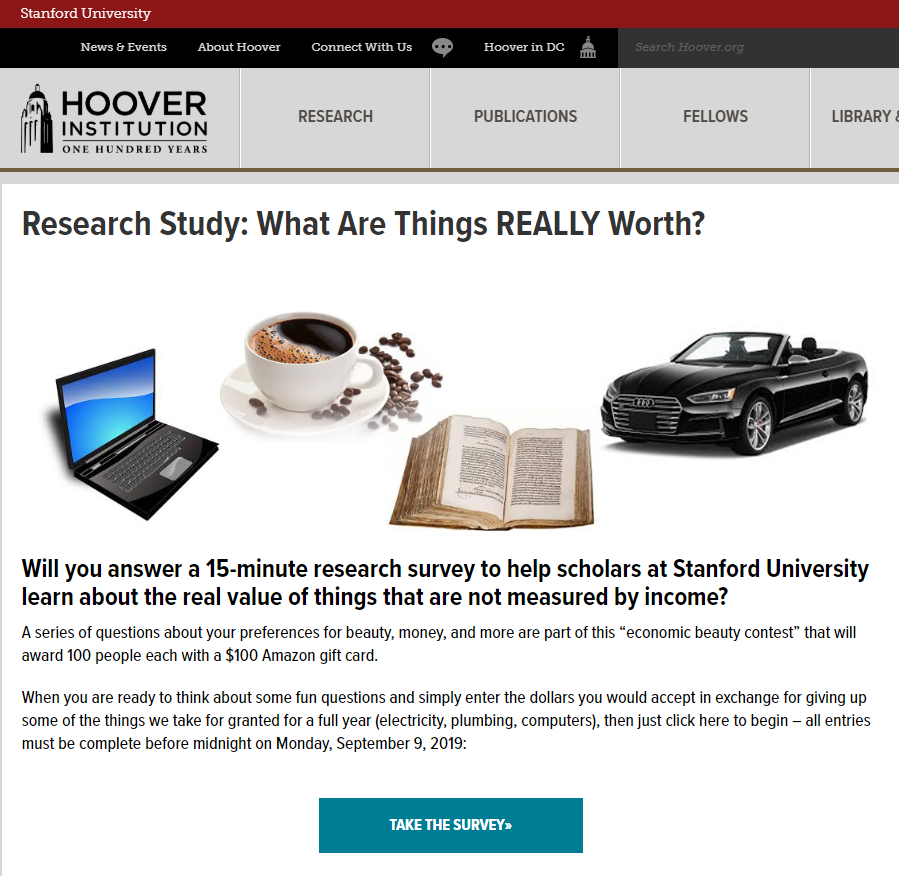(p. B5) “It’s serial stagnation,” said Nicola Borri, a finance professor at Luiss, a university in Rome. “The economy doesn’t contract, it doesn’t grow. Italy is a country that is weak, that is old, where there is no investment in new ideas.”
. . .
Thirty-five miles east of Naples, in the town of Avellino, Sabino Basso has halted plans to hire 30 more people at the olive oil bottling plant started by his great-grandfather.
Mr. Basso’s company buys olive oil from growers in Italy, Spain and Greece, exporting 80 percent of its wares to countries around the globe — especially the United States, where Walmart is a major customer. He had planned to increase marketing and online sales.
But then Five Star tightened legal requirements for companies that hire workers on temporary contracts, effectively limiting stints to one year. The change was aimed at forcing businesses to hire permanent workers.
Mr. Basso was aghast. All but five of his 100 workers are permanent, he said. The others are apprentices, a status that has allowed him to hire using temporary contracts.
“In order to understand if I want to keep people their whole lives, I have to test them,” he said. The new rules did not allow him sufficient time. “I just stopped hiring.”
For the full story, see:
(Note: ellipsis added.)
(Note: the online version of the story has the date Aug. 9, 2019, and has the title “Italy’s Biggest Economic Problem? It’s Still Italy.”)


